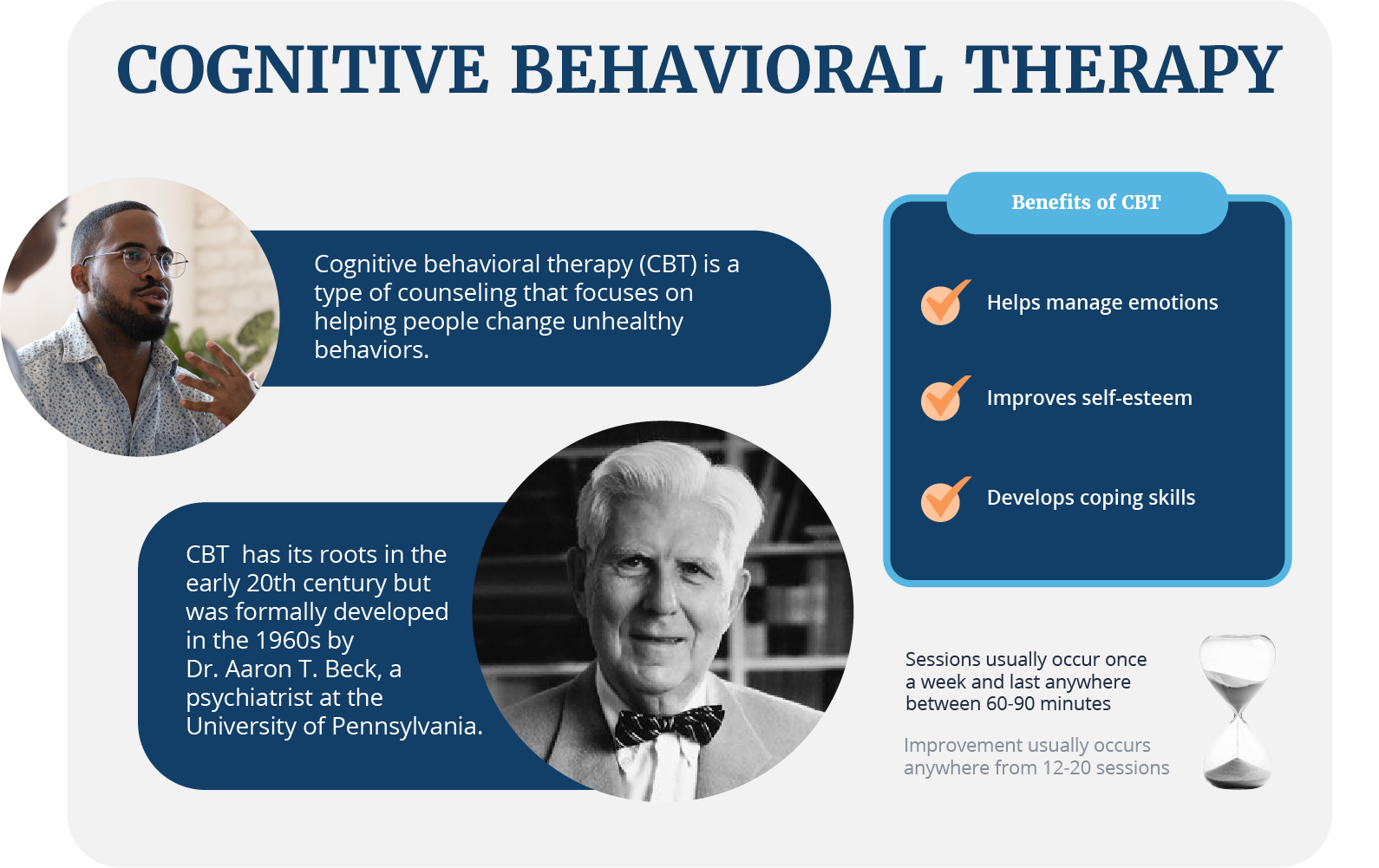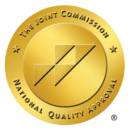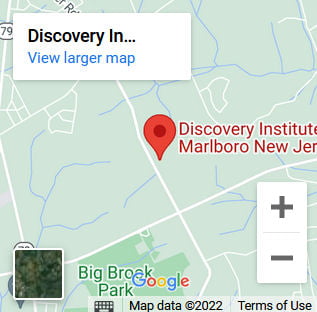Cognitive Behavioral Therapy (CBT) for Substance Abuse
If you or someone you care about is facing drug and alcohol dependence, it’s important to remember that there are ways to help.
Cognitive behavioral therapy (CBT) has proven to be a successful approach in treating addiction and mental health disorders long-term. CBT can assist individuals dealing with such challenges by providing the necessary resources for recovery.
What is Cognitive Behavioral Therapy?
Cognitive behavioral therapy (CBT) is a type of psychotherapy developed in the 1960s by Aaron Beck. This therapeutic approach combines aspects from both behavioral and cognitive therapies. CBT focuses on recognizing the link between thoughts, feelings, and behaviors. This makes it an effective treatment for multiple mental health disorders including anxiety issues, depression, and phobias, not only concerning substance use disorders but also other types of use cases.
Cognitive behavioral therapists mainly work with clients to identify negative thought patterns connected to any form of addiction tendencies before tackling them by challenging these beliefs while aiming towards developing healthier behaviors.
 Core Components of CBT for Substance Abuse
Core Components of CBT for Substance Abuse
CBT focuses on tackling substance use disorders with three components: understanding the damaging thought patterns, strengthening coping mechanisms, and addressing core factors that lead to addiction such as misuse of substances. To better comprehend these aspects involved in CBT treatment for substance dependence, it’s necessary to look into their purpose.
Initially, cognitive behavioral therapy helps people identify negative thought patterns and replace them with healthier cognitive processes. CBT helps equip recovering individuals with the skills they need to manage stressors while being mindful of how problematic behaviors are connected to negative emotions. In cognitive behavioral therapy, people can gain insight into recovery from alcohol and drug addiction.
Lastly, CBT addresses underlying issues in a person’s life. Some of the underlying causes of addiction might include trauma, past abuse, anxiety, stress, depression, or mental health conditions. Cognitive behavioral therapy can help to address these issues and bring them to the forefront to facilitate the healing and recovery processes.
For those dealing with addiction and mental health conditions, cognitive behavioral therapy is an effective way to make progress. A CBT therapist can help individuals recognize any detrimental beliefs or thought patterns that may be causing them to engage in substance use.
After this, techniques such as journaling, reframing thoughts, and challenging cognitive distortions are employed so people can build a healthier mindset that encourages recovery from their addictions instead of relapsing into more drug or alcohol dependence.
By addressing these negative thinking habits head-on, CBT establishes the groundwork necessary for lasting healing from alcohol and drug addiction. Replacing such negative thoughts with positive emotions and thought processes can make all the difference in addiction recovery.
CBT is an effective technique to teach individuals how to develop positive coping strategies that replace destructive behaviors and negative thoughts. For addiction treatment, this includes learning skills like stress management, problem-solving, and emotional regulation to deal better with situations or triggers that could lead back to relapse. After all, negative thoughts and negative beliefs can be triggers that cause people to feel the need to use alcohol or drugs.
These newly acquired capabilities are essential for managing challenges that might come up during the recovery process. It allows people who have battled addiction problems a chance to observe their internal and external reactions more carefully so they can choose healthier solutions when feeling burdened by anxiety or distress.
Besides being addressed through CBT sessions guided by a therapist, these techniques may be applied in everyday life as well, such as:
- Applying relaxation practices whenever tense
- Using problem-solving tactics if any conflicts occur
- Embracing healthy approaches like exercise or creative hobbies for regulating feelings
- Diminishing cravings associated with substance use disorders
Actively putting into practice all these learned means of dealing with adversity provides people with greater control over their lives, allowing them confidence in achieving long-term sobriety.
CBT is an effective approach to tackling addiction and helps people gain insight into the underlying issues driving their drug abuse. Mental health disorders can be addressed through this method, as CBT facilitates uncovering past traumas or external factors that contribute to alcohol or drug abuse.
By dealing with these psychological concerns in a structured way, long-term recovery becomes more likely while lowering the risk of relapse. With a comprehensive outlook on mental well-being at CBT’s core, those suffering from mental illness can manage symptoms better while being empowered by attaining an understanding of why they have become dependent upon drugs or alcohol in the first place. As a result, cognitive behavioral therapy can provide people with motivation for lasting sobriety going forward.
CBT offers many advantages when it comes to treating co-occurring disorders due to how focused it is on getting down to root causes rather than just addressing surface-level matters alone. By digging deeper, individuals stand much greater chances of achieving positive outcomes throughout life after rehabilitation.
Benefits of CBT for Addiction Treatment and Recovery
CBT is an evidence-based addiction treatment that works to end substance abuse, improve psychological functioning, and decrease relapse rates. It can also provide a comprehensive approach by addressing co-occurring mental health issues.
By being tailored to meet the individual needs of each patient, CBT ensures effective and positive outcomes. It’s a powerful form of therapy when tackling various conditions involving both addictions and related mental illnesses.
Some of the benefits of the cognitive behavioral approach include the following:
- Provides interpersonal insight
- Improves communication skills
- Can enhance motivation for change
- Addresses the underlying causes of addiction
- Helps people develop healthy new coping skills
- Brings awareness to and corrects maladaptive behavioral patterns
- Treats addiction that co-occurs with anxiety disorders, bipolar disorder, depression, mood disorders, and other mental health conditions
- Helps better a person’s general well-being by working on existing or emerging behavioral patterns
- Equips people with relapse prevention skills training, including stress management, trigger identification, and more
When it comes to treating a substance use disorder, cognitive therapy can equip people with positive behavioral strategies. This type of talk therapy is an effective part of substance use treatment and is, therefore, typically a part of the rehab process.
CONTACT US
Find out how we can help
Our compassionate counselors are standing by to answer any questions you may have. After helping thousands of people over the last 50 years, we have the resources to help you and your family and all your individual needs.
CBT Techniques for Addiction Recovery and Treatment

Cognitive behavioral interventions are frequently used to treat addiction. These strategies include cognitive restructuring, which replaces pessimistic and irrational ideas with positive ones.
Exposure therapy is utilized mainly if the individual struggles with trauma or anxiety related to their dependence on substances. Also, setting objectives as well as performing activities that help promote healthier behavior – all of these form a strong basis for lasting recovery.
Behavioral experiments play an essential role in CBT treatment for addiction. Through trial-and-error approaches, individuals can understand how they feel about certain situations without relying too much on addictive behaviors such as substance use as coping mechanisms.
When it comes to tackling drug and alcohol addiction, cognitive behavioral therapy can be integrated with other treatments for a well-rounded approach. Medication management, family therapy, and motivational enhancement therapy can all work with CBT to help people overcome substance misuse.
Taking part in support groups such as Alcoholics Anonymous (AA), Narcotics Anonymous (NA), and SMART Recovery can help individuals on the road to recovery to be more successful. Such entities provide both valuable aid and a community atmosphere that reinforces techniques learned during CBT sessions. For those struggling with alcohol use disorder specifically, connecting with these organizations has been proven valuable time after time.
CBT is a remarkably versatile form of therapy that can be adapted to suit each individual’s needs and used in various settings, such as one-on-one sessions with professionals, family meetings, or during admission at either outpatient clinics or hospitals. Through personalized approaches and the incorporation of strategies that focus on learning skills for managing addiction triggers (like coping mechanisms), individuals are empowered to take charge of their lives while finding stability within sobriety.
The approach CBT offers allow participants to identify potential roadblocks along recovery routes as well as discover more effective ways they could address them so constructive problem-solving abilities may arise from it. In this way substance misuse will no longer be an option to consider; instead, alternatives shall prevail through self-mastery encouraging change toward healthier lifestyles free from reliance upon substances.
Receive CBT for Addiction at Discovery Institute in New Jersey

The Discovery Institute in New Jersey can provide tailored cognitive behavioral therapy (CBT) to assist those dealing with addiction and substance abuse. With a team of mental health counselors and addiction treatment professionals, we offer an evidence-based approach that enables individuals to successfully recover while building skills for long-term success. Don’t wait any longer; take control of your life by reaching out to us today to learn about the best options available for recovery from this struggle.
Therapy can be a highly beneficial treatment option for those who suffer from substance abuse and common co-occurring disorders. This approach to recovery targets the underlying causes of addiction and provides individuals with essential coping skills that enable them to manage difficult emotions, thereby resulting in lasting healing and sobriety.
If you or someone close is struggling with a substance use disorder, don’t delay seeking help. Cognitive behavioral therapy and other substance abuse treatment programs and strategies could offer an effective long-term solution. Our New Jersey drug addiction treatment center is here for you. Contact Discovery Institute today to learn more about our addiction and mental health services.
Dr. Joseph Ranieri D.O. earned his BS in Pharmacy at Temple University School of Pharmacy in 1981 and His Doctorate Degree in Osteopathic Medicine at the Philadelphia College of Osteopathic Medicine in 1991. He is Board Certified by the American Board of Family Medicine and a Diplomate of the American Board of Preventive Medicine Addiction Certification. Dr. Ranieri has lectured extensively to physicians, nurses, counselors and laypeople about the Disease of Addiction throughout New Jersey and Pennsylvania since 2012.
 Core Components of CBT for Substance Abuse
Core Components of CBT for Substance Abuse


